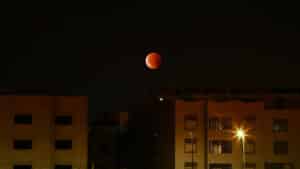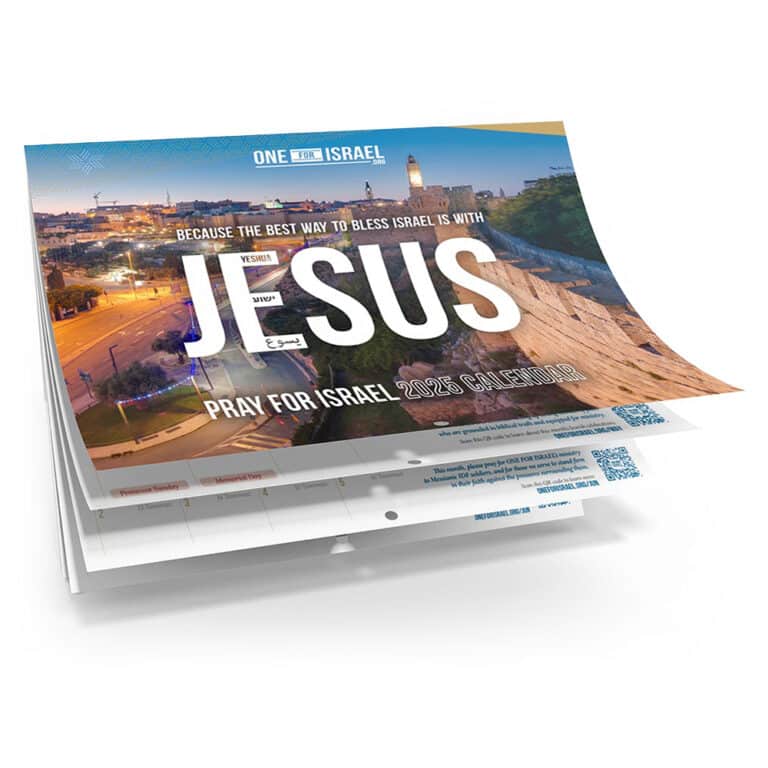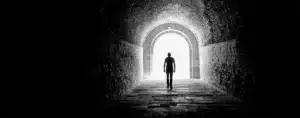Just over a week ago, some hikers were exploring a cave in Israel, and stumbled (as seems to be the case quite often around here) across an archaeological treasure! They had crawled into a difficult to access cistern, the location of which is being kept secret in order to preserve the exciting find. There before them were three ancient engravings: a picture of a menorah of the same design as the one that stood in the second temple (with three ‘feet’ at the base), a key, and a cross. Ido Meroz, a member of the Israel Caving Club, explained, “Just before we were about to return we suddenly noticed an engraving that at first glance seemed to be a menorah. When we realized this is an ancient depiction of a menorah, we became very excited. Its appearance was quite distinct.”[1] They are all thought to be thousands of years old.
The response of the Israeli experts at first was to suggest that the menorah must have been depicted some time within the second temple period (530 BCE – 70 CE) and that the cross must have come much later. In the Roman or Byzantine era, hundreds of years after Yeshua. Second temple era Jews would clearly not be carving crosses, would they? Or is it possible that they might have done?
Sa’ar Ganor, an archaeologist with the Israel Antiquities Authority said, “It’s impossible to date an etching specifically… It’s not pottery; you can’t use carbon-14 dating.” His reasoning for suggesting a Byzantine time frame was due to its proximity to another site which had been dated to the late Roman and Byzantine period. Perhaps Jews and Christians could have been living there simultaneously? But, he admitted, “It could be that there were families that converted to Judaism from Christianity, or there may have been families that were both Christian and Jewish.” He added, “There are buildings and hiding refuges from the time of the Bar Kokhba uprising (second century CE) at the site and buildings that date to the Byzantine period. It is rare to find a wall engraving of a menorah, and this exciting discovery, which was symbolically revealed during the Hanukkah holiday, substantiates the scientific research regarding the Jewish nature of the settlement during the Second Temple period”.[2]
Indeed, it was around the time of the Bar Kokhba rebellion that the first Jewish people who believed in Yeshua as their Messiah were effectively purged from mainstream Judaism. Rabbi Akiva had announced Bar Kokhba as the Messiah, and the Jewish believers were unable to go along with what they knew to be false. They refused to renege on their conviction that Yeshua was the one and only Messiah of Israel, and were thus considered traitors to their people at a time of national crisis. Jewish prayers deliberately started to include a curse on those who believed (‘minim’) that would be impossible for Messianic Jews to stand and pray, and thus they were eradicated from public worship. The two paths diverged, and for the next two millennia, it would seem impossible that they could ever have been one. Yet here, etched into the rock of Israel, is a menorah, right beside a cross. Together. The timing of their discovery is almost symbolic of the fact that many Jewish people are now embracing the gospel in our days. The two symbols do, after all, represent the same thing: Yeshua, the light of the world, the embodiment of Messianic hope, shining in the darkness. Let’s pray that 2017 is a year where many more people of the menorah discover the Messiah and his great sacrifice for them!
[1] Israel Antiquities Authority, Engravings of a Seven-Branched Menorah and a Cross were Discovered by Hikers in an Ancient Water Cistern in the Judean Shephelah
[2] The Times of Israel, Hanukkah hikers find rare 2nd Temple-era etchings of menorah and cross, Ilan Ben Zion, January 3, 2017

A Blood Moon, a Red River in Iran, and the Isaiah 11 Redemption
Isaiah 11 paints a beautiful picture of the coming redemption… but it















